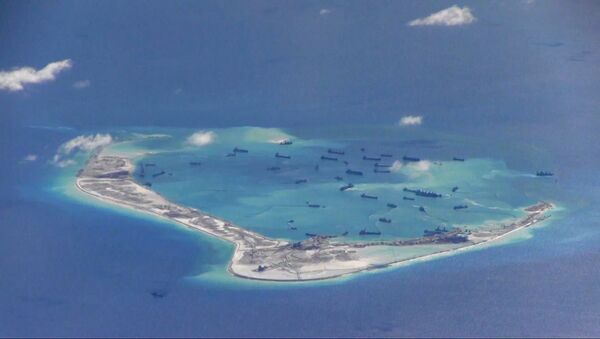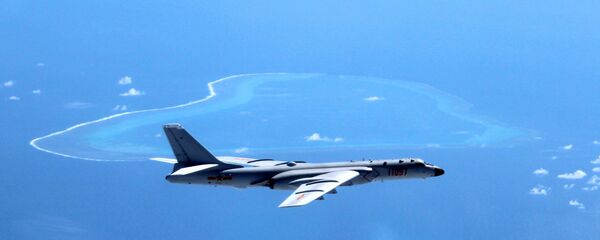Newly-surfaced images show a buildup of multiple defense bases in the Spratly islands, according to the Asia Maritime Transparency Initiative, although China has promised not to install weapons on the artificial islands. Regardless of how China develops its regional bases, "we will not allow a shared domain to be closed down unilaterally," Admiral Harry Harris of the US Pacific Command fleet said during a speech in Sydney.
The new Chinese fortifications feature anti-aircraft guns thought to be a defense against cruise missiles, while China insists they are minimum defensive requirements, not part of a scheme to project power.
Still, the US has high hopes to continue collaborating with China and others in the region, as $5 trillion worth of goods transit the maritime area annually. Beijing hopes the US will keep its promise to not take sides, allowing regional partners "to maintain peace and stability," according to Chinese Foreign Minister Geng Shuang.
In October, the US sent a warship through the South China Sea, the fourth operation of its kind calling it a "freedom of navigation" patrol near the land reclamation projects. And this week, China retaliated by flying a nuclear bomber over the South China Sea, presumably a demonstration of its military prowess toward the new US President who will be sworn in January.
US President-elect Donald Trump campaigned on taking a tougher economic stance with China, but his appointment of Terry Branstad to be the US Ambassador to China, a long-time friend of Chinese President Xi Jinping, suggests that stable relations will continue.



